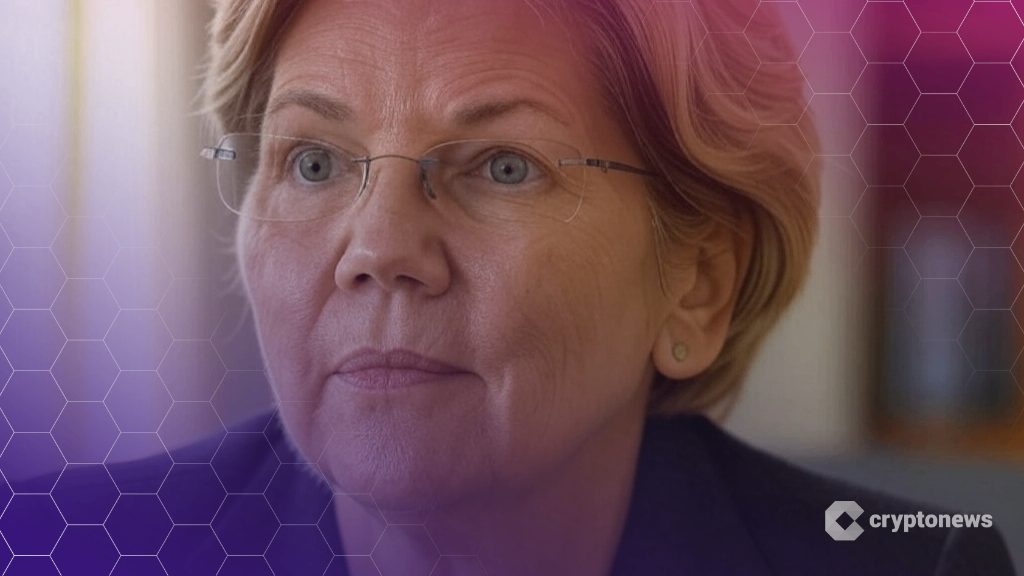Institutions Are Getting Louder While The Crypto Market Is Swaying: Polygon’s Aishwary Gupta On What Changed

Crypto markets have traded on nerves for days, yet the picture is not disorderly. The current total crypto market cap stands at around $3.81 trillion, with a 24-hour turnover of nearly $193 billion. Meanwhile, Bitcoin is hovering near $113,000, Ethereum is close to $4,000, XRP is trading around $2.51, and Solana is holding near $195.
Those markers frame a setting where prices react quickly, but liquidity and participation continue to move in step with headlines and positioning rather than empty speculation.
Into that environment, Aishwary Gupta, Head of Payments and RWAs at Polygon Labs, argues that large allocators have moved beyond trial runs and are building programs that reach into payments, tokenization, and exchange connectivity.
In an exclusive interview with Cryptonews.com, he links the latest sell-off to a market learning curve rather than a retreat in institutional intent, and he places the real risks inside product design and balance sheet choices that either absorb stress or transmit it.
From Trials To Tooling
Gupta works on the enterprise side of Polygon, where mandates, partnerships, and infrastructure plans determine which proposals get real-time and budget. He describes a change in tone among banks and funds, away from distant observation and toward ownership of platforms that touch clients and balances.
“First, they were like at arm’s length. Now they’re like ‘Okay, we want to do it,’” said Gupta. “I was talking to them in 2021, and I am seeing the 2025 institutions, and I am talking to them. There’s a drastic change in the way they’re assessing the opportunities, the way they’re getting into the market, the way they’re actually kind of going out and doing overall work.”
That shift, in his telling, rests on networks that endured hard years and on diligence that separates marketing from delivery.
He also points to consultations with European banks on architecture choices and to sovereign programs exploring dedicated blockchain infrastructure, which together suggest a methodical horizon rather than a sprint for quick wins.
“In 2021, BlackRock’s stance was ‘Okay, we should invest in a company, let them do what they want.’ Which was securitized and now black BlackRock is like, ‘Okay, we want to do it in-house,’” he said. “Two days back, there was an announcement where they said that ‘Okay, we want to do our own tokenization platform. We wanna do to allow people to issue money.’ So all those things are happening.”
Stress Without The Stall
Price action around the mid-month liquidation rush delivered a jolt, yet Gupta’s schedule in New York did not freeze. He contrasts this year’s response with the post-FTX chill, when calls went unanswered and pending contracts quietly died.
“The $19 billion nobody’s even talking about,” said Aishwary Gupta. “At that time [after FTX collapsed], people stopped picking up calls.”
“We had some contracts which were about to be signed or about to be processed. And like those just never signed, got signed. I’ve been in New York, been meeting a lot of the financial institutions, regulators, and there’s like, nobody’s even kind of talking about that [$19 billion crash] even,” he said.
From there, he turns to plumbing. Balance sheet vehicles and treasury programs can transmit stress before charts fully reflect it, which is why collateral rules, loss triggers, custody choices, and execution paths matter during design.
Poorly engineered products can force selling and drain liquidity quickly, even when headlines look manageable, while well-constructed programs keep allocations intact long enough for prices to find support.
“It’ll depend on how poorly those asset managers have designed or how much they have,” said Gupta. “The moment that happens, there would be pressure on anyone who has actually acquired a lot of assets into the balance sheet.”
“And if that pressure is high, they will effectively be forced to actually market or sell those assets, which might be catastrophic… the moment that ripple effect starts. It’ll be a domino effect in the market, which will kind of suck in a lot of liquid from the market,” he explained.
Why This Lens Helps Now
Gupta expects custody battles to intensify, with specialist desks arranging size so that large purchases do not scoop price, and he notes that many treasurers prefer controlled execution away from retail venues.
He closes with two markers that guide his near-term view, neither of which relies on folklore. “One, I don’t think they’re in the four-year cycle,” he said. “A bear market would start when these deals actually start leaking money. So till then, I think you’re fine.”
Gupta’s account explains why one violent week did not empty boardrooms. Institutions are choosing custody paths, writing playbooks, and commissioning systems that must work under stress, and the durability of that work will decide whether this cycle matures beyond narratives.
The post Institutions Are Getting Louder While The Crypto Market Is Swaying: Polygon’s Aishwary Gupta On What Changed appeared first on Cryptonews.



